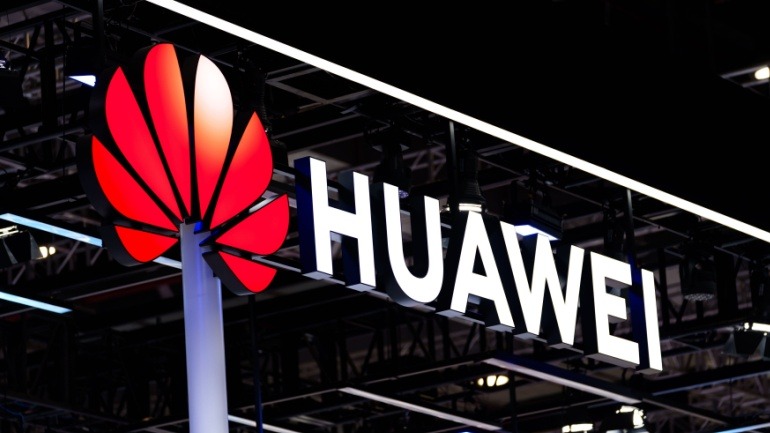The Finnish company, Nokia, widely acclaimed as an innovative network kit manufacturer, is the newest joiner of the Ultra Ethernet Consortium (UEC), a recently formed endeavour hosted by the Linux Foundation. The UEC is dedicated to adapting Ethernet technologies to cater to the soaring demands of artificial intelligence (AI) and high-performance computing (HPC). Nokia joins the illustrious founding members of the consortium, including AMD, Arista, Broadcom, Cisco, Eviden, HPE, Intel, Meta, and Microsoft.
The UEC aims to create an Ethernet-based communication stack optimized for high-level networking functions. At the same time, it seeks to preserve the simplicity, interoperability, and affordability that have always been Ethernet’s strongest selling points. To this end, Nokia has asserted that it will leverage its extensive knowledge of web, enterprise, and service provider networking to contribute towards defining Ultra Ethernet.
Underlining the division of tasks, there are currently four working groups within the UEC focused on the physical layer; the link layer; the transport layer; and the software layer. Nokia will form part of several of these crucial clusters.
Nokia’s IP business chief, Vach Kompella, stated, “Generative AI and ML are revolutionising every aspect of our customers’ businesses. Our networking solutions advance their ability to deploy AI quickly and pursue exciting new use cases and applications.” He further affirmed Nokia’s commitment towards building Ultra Ethernet into a highly compatible, cost-effective, and interoperable component of future AI and HPC application stacks.
J Metz, UEC Chair, welcomed Nokia’s vast experience in creating some of the world’s leading networks, expressing confidence in the collective ability of consortium partners to create an open, interoperable standard to meet future AI and HPC application needs.
The ambitious project is held against the backdrop of a perceived need for improved data centre networks to match the surging interest in AI, machine learning (ML), and supercomputing. The need to prevent potential bottleneck in the system is made poignant by the Gartner forecast predicting a substantial increase in end-user spending on public cloud services in the future, largely driven by generative AI.
The move by Nokia aligns with the urgent need for telecom vendors to find alternative growth paths in light of the ongoing dip in operator RAN capex. There is a rising trend in the telecom sector towards migration to cloud-native infrastructure, adoption of multi-access edge computing (MEC), and AI deployment to transform business processes and enhance network performance.
In conclusion, this is an advantageous move for Nokia, as it allows them to play a role in shaping the future of data centre networks alongside giants like Cisco and Microsoft.







